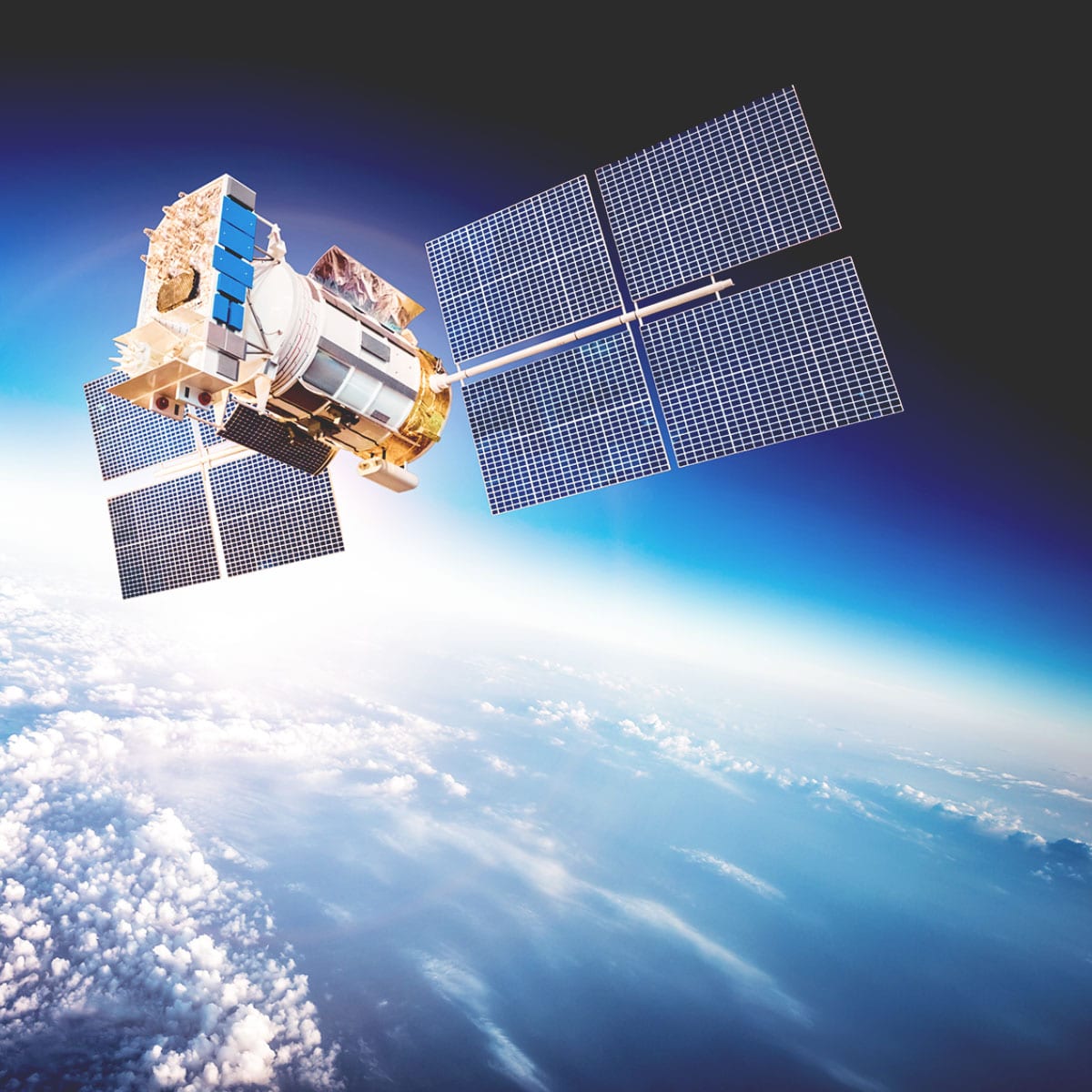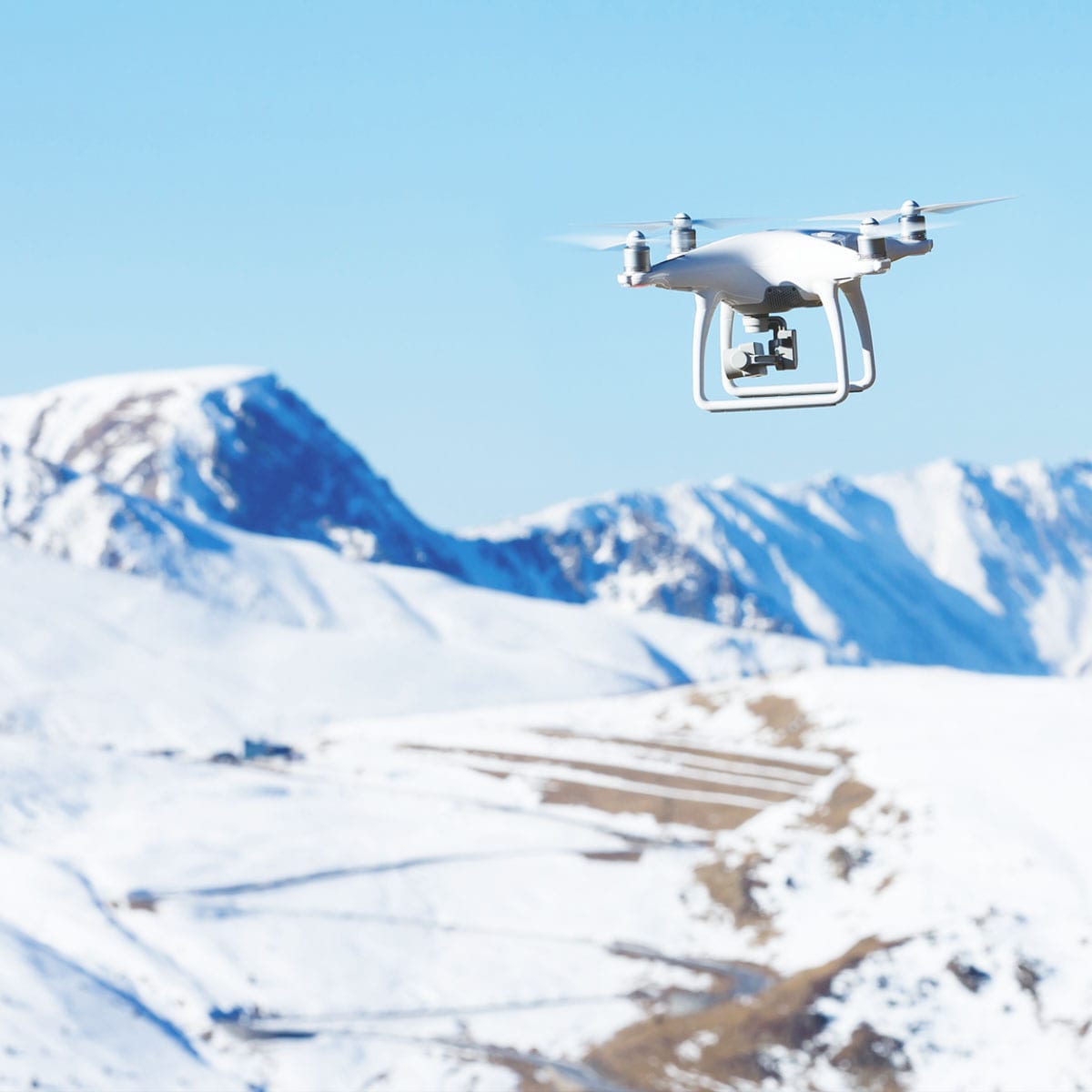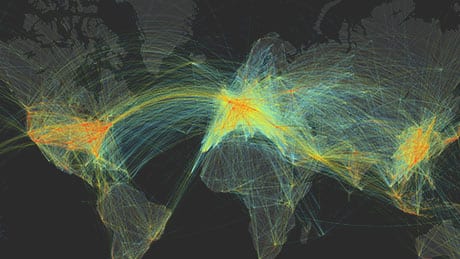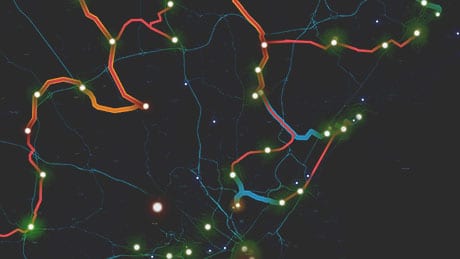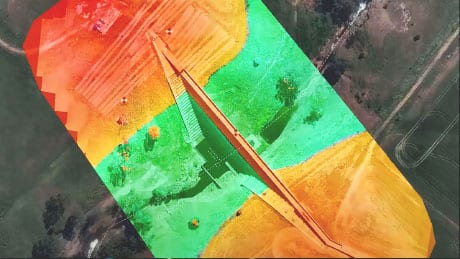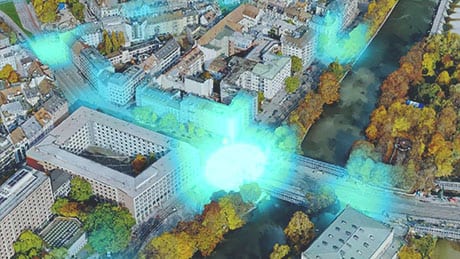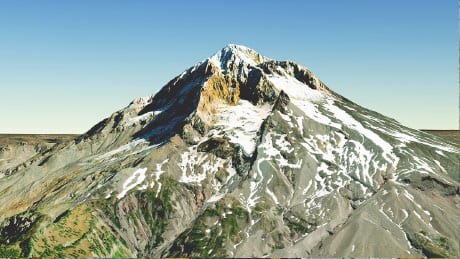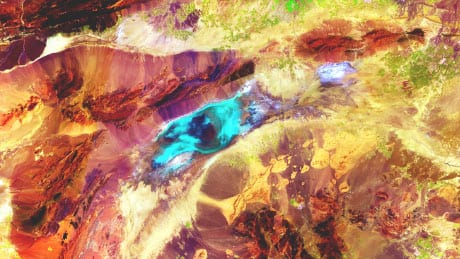We build ArcGIS, the leading geospatial technology for mapping and spatial analytics
ArcGIS is powerful geographic information system (GIS) technology that provides tools to capture, view, edit, manage, analyze, and share data in the context of location. It includes access to thousands of curated datasets and maps that can be explored and leveraged for analysis and insight. ArcGIS can be used in the cloud, on mobile devices, and on desktops to create maps, apps, dashboards, 3D scenes and models, and data science notebooks.
